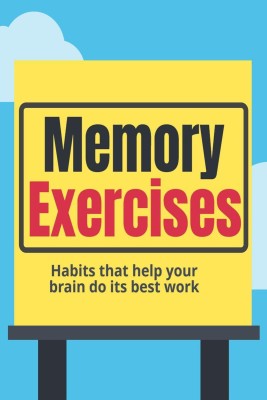Memory Exercises(English, Paperback, Vijay Patidar)
Quick Overview
Product Price Comparison
We have known for many centuries the fact that our basic object of learning in our body is our brain. But it has only been a decade since the emergence of neuroscience has stunned the world. New neuroscience researchers are now able to have insights within our brain and they can easily see our level of learning at the molecular level. Recent advances within technology such as diffusion imaging have actually opened up new ways of detecting the inner workings of the brain and have allowed scientists to discover that when people are involved within the process, then within the brain what happens? Learning. Many new experiments have been done on laboratory animals for better understanding. To explore the learning process by our brain, it is important to know the physiology of the brain. Our brain is actually a very dense fiber pathway network and these fiber networks contain about 100 billion neurons. Our brain has three distinct but principle parts that are the cerebrum, cerebellum, and stem. The most important part involved within the learning process is the cerebrum which is the part that contains logic and memory which are higher order tasks. Each region within the cerebrum is specialized within a function, which is language or reasoning ability, long-term memory, short-term memory, touch, speech, hearing, and vision which are highly important parts for learning.


